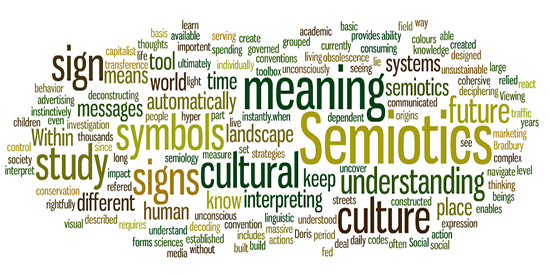As a result of looking at some examples of Rosie Hardy's work, I decided to experiment with taking a few different shots in order to develop my knowledge of compositions within photography. This will not only help me when it comes to filming my music video as I can frame each scene appropriately, but it allows me to practice working with a camera.
This first shot of my sister, who will in fact be the actress featuring in my music video, I took as a medium close up. Not only does this composition frame her face very well, but it allows the viewer to see the her features in greater detail.
With this photograph I made sure to position the tree slightly off centred so that it became more aesthetically pleasing, following the rule of thirds at the same time. The rope hanging down from the branch subtly became the central focus and I feel it added another layer of depth to this photograph.
Using a variety of objects that are relevant to the narrative of my music video, I positioned the props in a variety of angles so that the many straight lines became the focus of this picture. As a close up shot I believe this was successful as it allows for a large amount of detail within the map etc.
Another extreme close up is used in this photograph, again highlighting relevant items to my narrative of travel. The proximity of the camera to the map gives an opportunity for the viewer to clearly identify this recognisable location, whilst the composition of the trailing pins to the bottom right hand corner gives a sense of movement within the photograph.
This final shot features a similar close up where it provides relevant text as well as an instrument relating to my country pop genre. The composition in this picture, however, provides a different layout where your eye moves from the guitar at the top to the journal and the bottom left. Overall I am pleased with my 5 shots as they not only provide a variety of compositions but also display scenes relatable to my chosen narrative and genre.












































